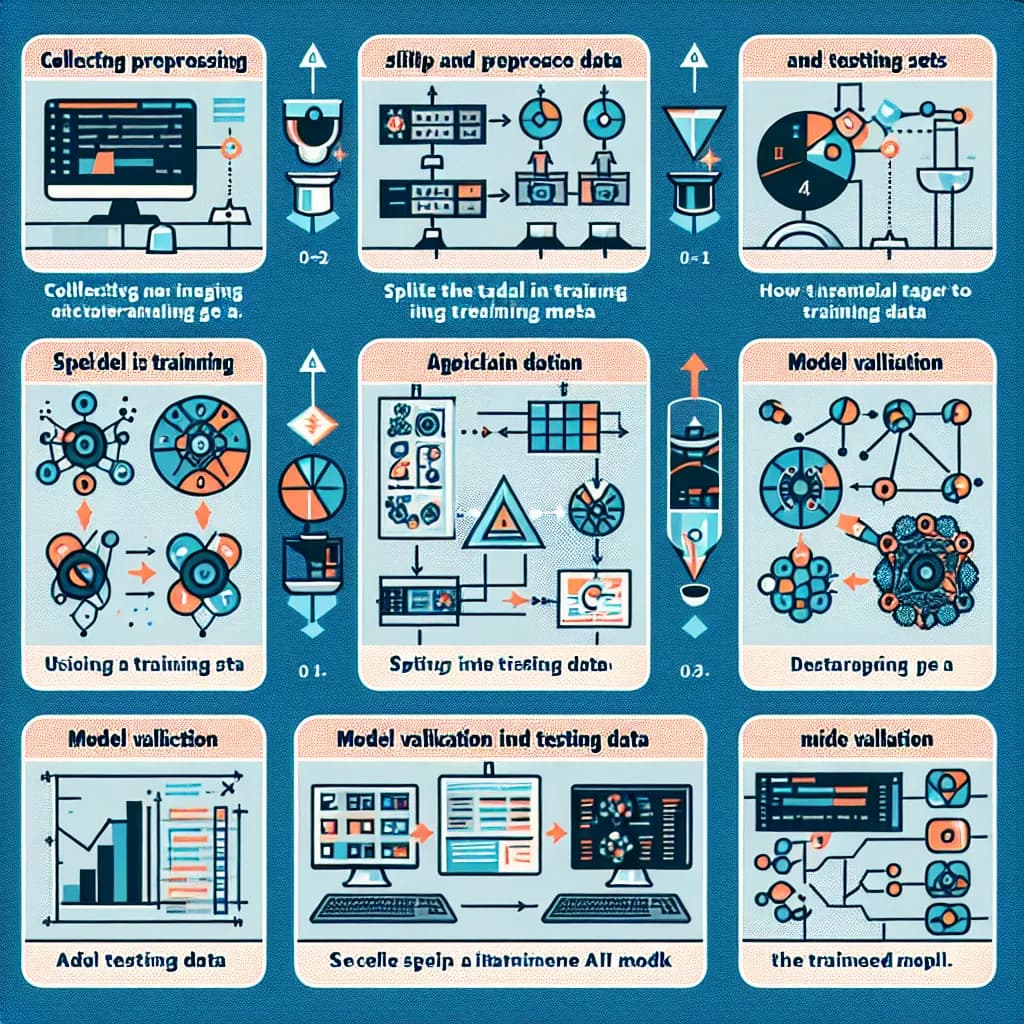Date:
11/01/2024
Listen to this article:
Key Points:
Continuous Integration (CI) and Continuous Delivery (CD) are fundamental practices in modern software development, often integrated into the DevOps approach.
CI focuses on integrating code changes into a mainline codebase, emphasizing automated building and testing to ensure software quality.
CD extends the CI process by automating the software release process, ensuring the software is always ready for deployment.
Introduction
Continuous Integration (CI) and Continuous Delivery (CD) are often mentioned together in the context of modern software development practices and DevOps. While they share some similarities, they serve distinct purposes in the software development lifecycle. This article explores the differences, benefits, and best practices of CI and CD.
Continuous Integration (CI)
Focus: CI emphasizes the frequent integration of code changes into a main repository, aiming to detect integration issues early.
Process: Developers merge changes into the main branch often, with each change triggering automated builds and tests.
Benefits: CI leads to fewer bugs in production, easier builds, reduced testing costs, and less context switching for developers.
Continuous Delivery (CD)
Focus: CD automates the delivery of integrated code to various environments, including production.
Process: After CI processes, CD takes over to deploy code to staging or production environments automatically.
Benefits: CD allows for rapid releases, reduced risk of failed deployments, and improved feedback from users.
Differences Between CI and CD
Scope: CI is about integrating and testing code changes, while CD focuses on the entire software release process.
Testing: CI involves extensive tests for functionality and performance, whereas CD includes minimal tests to ensure deployment viability.
Deployment: CI ensures code stability, whereas CD focuses on the readiness of software for production.
Best Practices
For CI:
Maintain a centralized code repository.
Automate the build and testing processes.
Keep the build process fast and efficient.
For CD:
Automate the release process.
Keep all components, including configuration and scripts, in version control.
Ensure frequent and reliable releases.
Conclusion
CI and CD are pivotal in modern software development, offering distinct yet complementary benefits. Understanding their differences is crucial for organizations looking to enhance their software delivery processes. By implementing best practices in CI and CD, teams can achieve faster, more reliable software releases, and improve overall software quality.
References
- https://www.atlassian.com/continuous-delivery/principles/continuous-integration-vs-delivery-vs-deployment
- https://codefresh.io/continuous-integration/continuous-integration-ci/
- https://codefresh.io/continuous-integration/ci-vs-cd/
- https://devops.com/continuous-integration-vs-continuous-delivery-theres-an-important-difference/
- https://www.browserstack.com/guide/what-is-ci-cd
About the author
Evalest's tech news is crafted by cutting-edge Artificial Intelligence (AI), meticulously fine-tuned and overseen by our elite tech team. Our summarized news articles stand out for their objectivity and simplicity, making complex tech developments accessible to everyone. With a commitment to accuracy and innovation, our AI captures the pulse of the tech world, delivering insights and updates daily. The expertise and dedication of the Evalest team ensure that the content is genuine, relevant, and forward-thinking.
Related news

The Best GPTs to Try Right Now
A comprehensive overview of the most intriguing GPT applications available in OpenAI's GPT Store, highlighting their diverse functionalities and impact.

How to Train Generative AI Models from Scratch
A detailed guide on how to train generative AI models from scratch, encompassing all essential steps and best practices.

Meistrari Innovates in AI Prompt Engineering with User-Friendly Platform
Meistrari, a Brazil-based tech startup, is revolutionizing AI prompt engineering with a user-friendly platform aimed at simplifying AI orchestration for developers.